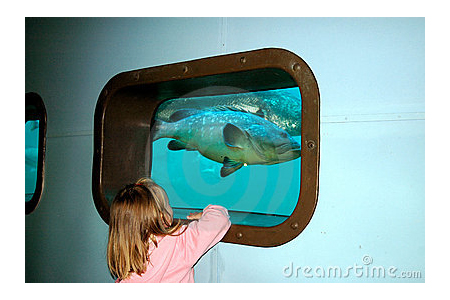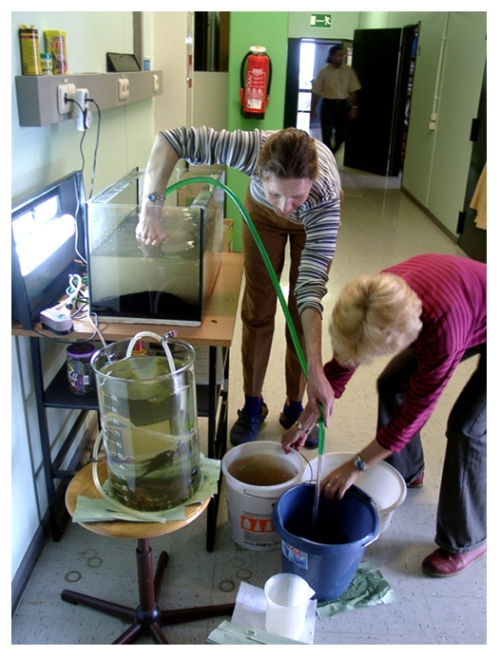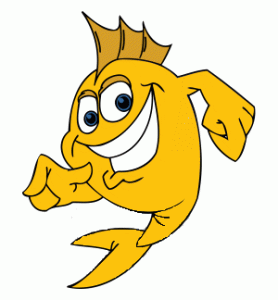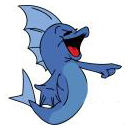 Who’s afraid of sharks or would it be nicer if I’ll ask who wants to keep sharks?
Who’s afraid of sharks or would it be nicer if I’ll ask who wants to keep sharks?
Sharks are known to be very dangerous to humans and most of all to other aquatic animals. But a lot of people have seen how beautiful sharks are. Some fish enthusiasts even keep them inside a fish tank. Pretty cool yet you need to be careful with your choice of tanks as well as the water condition for such kind of fish. When you plan to house a shark in your home, you need to know many things to be able to successfully keep them well.
If this is your first time in fish keeping hobby, a shark isn’t the right kind of fish for you to keep. This isn’t the time yet to keep a shark, you need to have the quality traits of a good fish keeper in order for you to keep this kind of fish. Even those that are in this hobby for a long time didn’t possess yet the qualities of a good fish keeper, neither them can keep shark in their tank too.
For those who believe they are capable of keeping this fish, then go for it but be careful. Just buy one or two sharks. Most of the sharks are aggressively stronger than other fish and even to their own kind, which usually creates a high risk of stress inside a fish tank. For larger fish tanks, especially those that are for public views, you can find a number of sharks inside the tank. Some of the sharks tend to befriend its kind but only very few of them get along together.
Become aware of your shark’s behavior and where it comes from. Study its physical features if you can see any symptoms of stress or poor health – any lost scales, does it have any cuts from its body, visible spots and blemishes, check the fins if it’s held close to the body. Verify the fish tanks of the pet store where you brought your shark- are they tidy and well kept? Is your source person of the shark knows well about the subject and a shark enthusiast? It is good to have a reliable person to talk with regarding sharks because if you have any concerns you can address that to the right person and be able to get the right answers.
You should ask how they caught the shark. Why do you need to know that? This is because you will through this you will know if the people behind this activity are good, if they caught the shark in a proper way, not illegal, not harming other sharks in the natural environment. If you happen to meet other shark enthusiasts or even those who are fish lovers who shares the same passion you’ll be able to share this hobby to others by convincing to keep one as a way of supporting a campaign about stopping the shark finning, it is by pulling out shark population in the wild. By owning one shark and keeping it safe is a way of supporting the campaign for pro-aquatic life.
In order for your shark to be safe you need to house it in an appropriate tank and environment. Are you confident that your fish tank can withstand the aggressive behavior of shark? Is it big enough to offer a great venue for the shark to swim around and show its natural behavior? Does it have any covers preventing the sharks to jump out of the tank? Are the lights of your tank following the natural day and night rhythms in the natural environment of the shark? Do you have any rocks, caves or plants as ornaments in your fish tank, where sharks could hide whenever they want to?
Set up a good filtration system in your fish tank. Utilize a good electrical filter to maintain the cleanliness of your tank, take into account biological filtration too! This type of filter is guaranteed to have a greater amount of good bacteria than bad bacteria which are sometimes toxic in the fish tank, maintaining the whole tank to be healthy and clean for its inhabitants. By having a thin layer of substrate or gravel at the bottom of the fish tank helps the filtration by giving a good area for beneficial bacteria can thrive.
It is essential to keep a good water quality of the fish tank, constantly check your water to be sure. The best way to keep your aquarium healthy is to check it regularly. Maintenance includes replacing 15-20% of the water every week, scraping of algae on the tank’s walls, removing dead fish if there’s any, checking all the aquarium devices if they are still functioning well, testing the quality of the water. If you’re too busy to do all the regular maintenance of a shark tank, forget about getting a shark.
Maintain a water temperature suitable for sharks; don’t go less or over its optimum range. Place your shark tank away from which the sunlight loves to show its light. As mentioned earlier the water temperature should stay at the optimum range for sharks because if it goes beyond the most favorable range or if it did not reach the optimum range it will cause stress to sharks making them more sensitive to becoming sick. Like any other fish, don’t overfeed your shark. Drop a variety of foods but be careful, only recommended foods should be fed to sharks and again do not feed with large amounts of foods. Overfeeding will just give you too much to work on, either the shark gives off too many wastes or the uneaten food will decompose in the water creating a poor water quality for your shark.
Check your shark in regular basis to see any signs of illness. Indications of illness show that the shark’s surrounding is not in good condition thus making its inhabitants sick. Continue to be watchful in terms of your shark’s physical features and behavior that could tell you any signs of stress or any health problem. In most cases the root of any disease or sickness in fish such as parasites or infections is by having a poor quality of water and taking for granted the poor tank condition. Prepare a separate tank that will serve as a quarantine tank to house a sick fish for treatment or if you see any signs of health problems with your shark can put it in the quarantine tank until you’ll figure out what’s wrong with it. In this way you will be able to stop the spread of disease in the whole tank and lets you focus your attention to the one that’s really need the treatment, not the entire tank.
Enjoy your sharks and share it to others the breathtaking experience of such kind of pet!




















